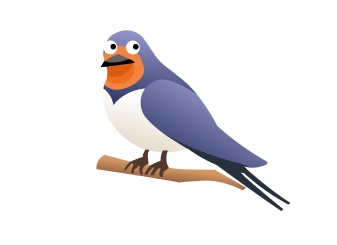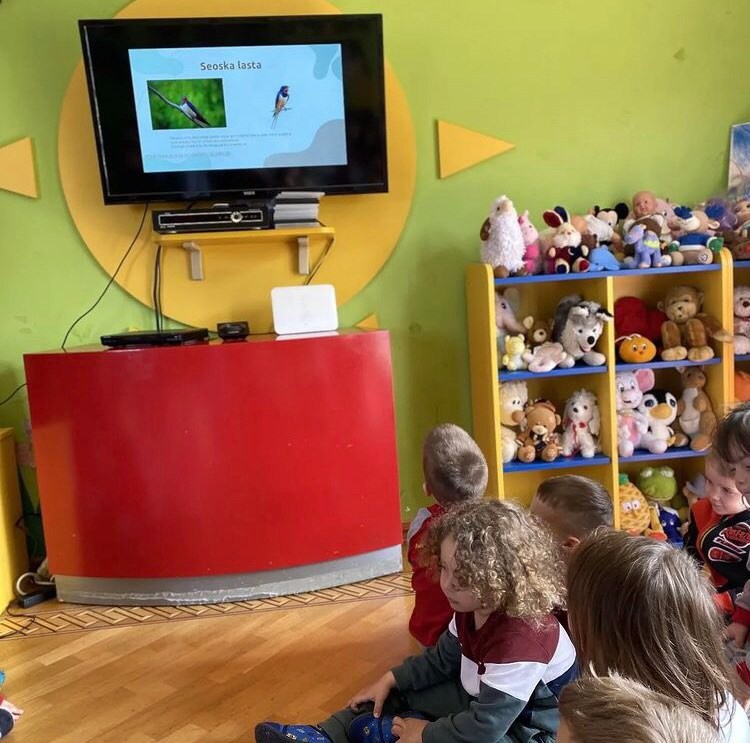
14 / 04 / 2025
Svjetski dan lasta - 19. mart
Dan lasta - 19. mart

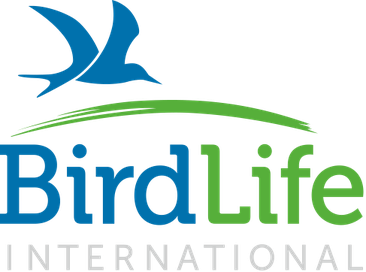
Barn Swallows are one of the most popular and familiar birds in the world. Let's meet them! :)
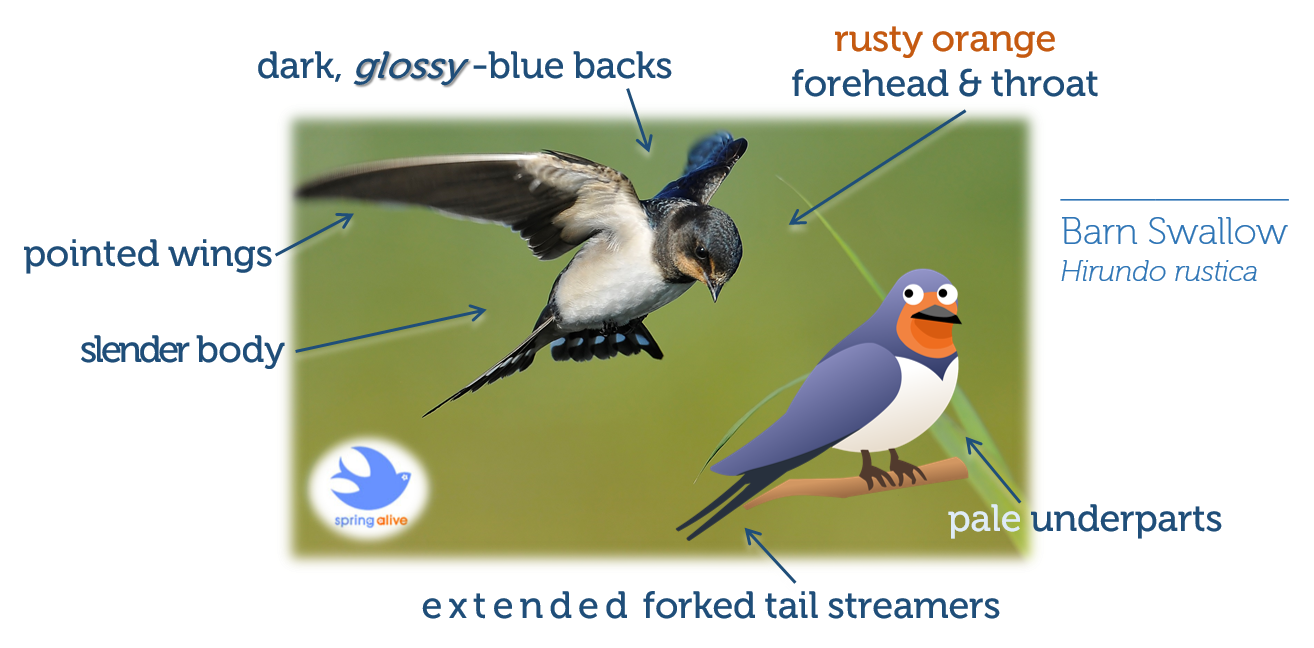
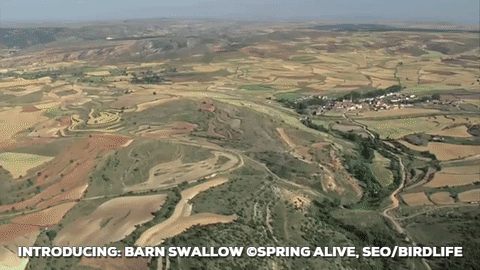
Use this handy guide from the BBC Nature to help you identify these four similar migratory species - all of which are excellent flyers and a joy to watch!
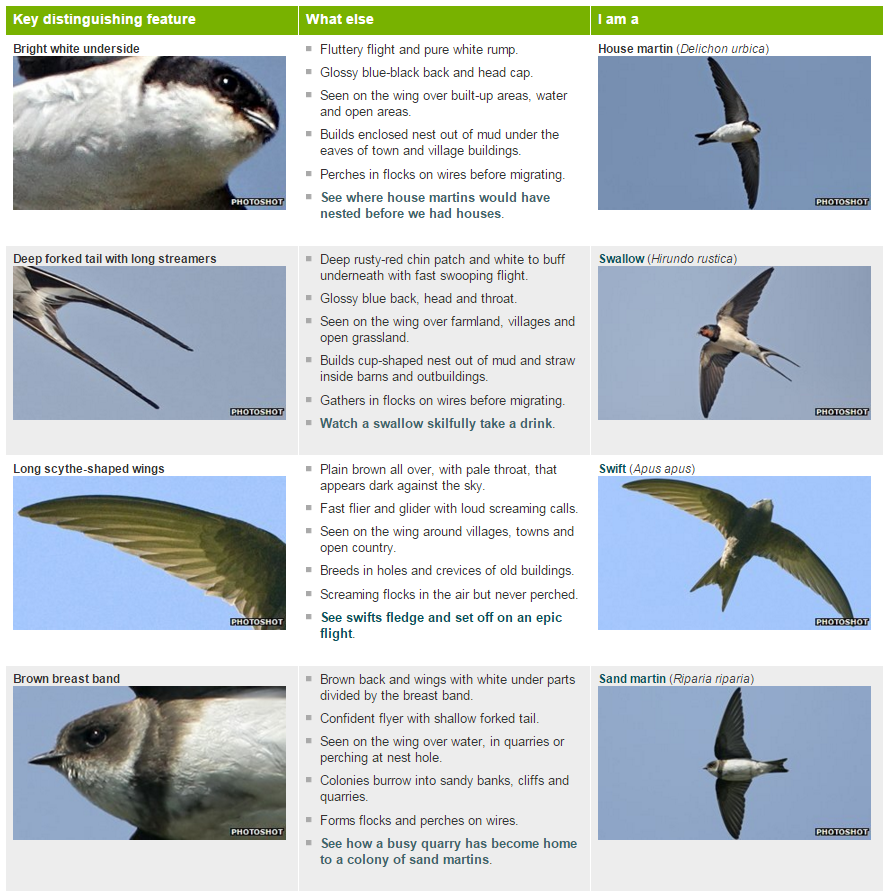
Source: http://www.bbc.co.uk/nature/22527420
More tips from the RSPB on identifying
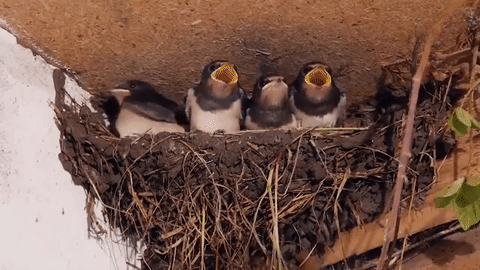 |
| Let's be nice and respectful neighbours for them! © SEO |
Swallows used to breed in caves and in cliffs, but now seem to have adopted humans as neighbours - building their nests under bridges or in buildings such as farm barns (hence the name), garages and even in busy restaurants - meaning that the bird is one of the most familiar bird species in the world! It is now rare to find a Barn Swallow nest in a site that is not manmade. Their nests are a bowl of mud and grass, lined with feathers.
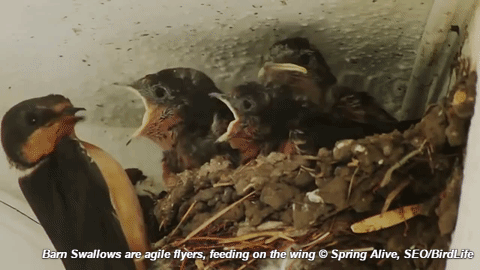 |
Swallows are small migratory birds often seen skimming low over fields with a fast, flowing, graceful flight. They mostly capture their food in the air, but in bad weather sometimes feed on the ground.
 |
Swallows are friends of farmers because they tirelessly scour the countryside to eat lots of insects which would otherwise eat crops. Swallows eat many flies, beetles, wasps, wild bees, winged ants, true bugs; some moths, damselflies, grasshoppers, and other insects; and a few spiders and snails. Only occasionally they eat a few berries or seeds. The number of chicks that swallows successfully raise gives an indication of how healthy the environment is: more food available = more chicks raised!
Swallows are migratory, meaning they fly huge distances between breeding and wintering grounds in the Spring and the Autumn. Swallows have the power to connect people together for conservation along their migrations - such as with Spring Alive's "Spring Twin" programme.
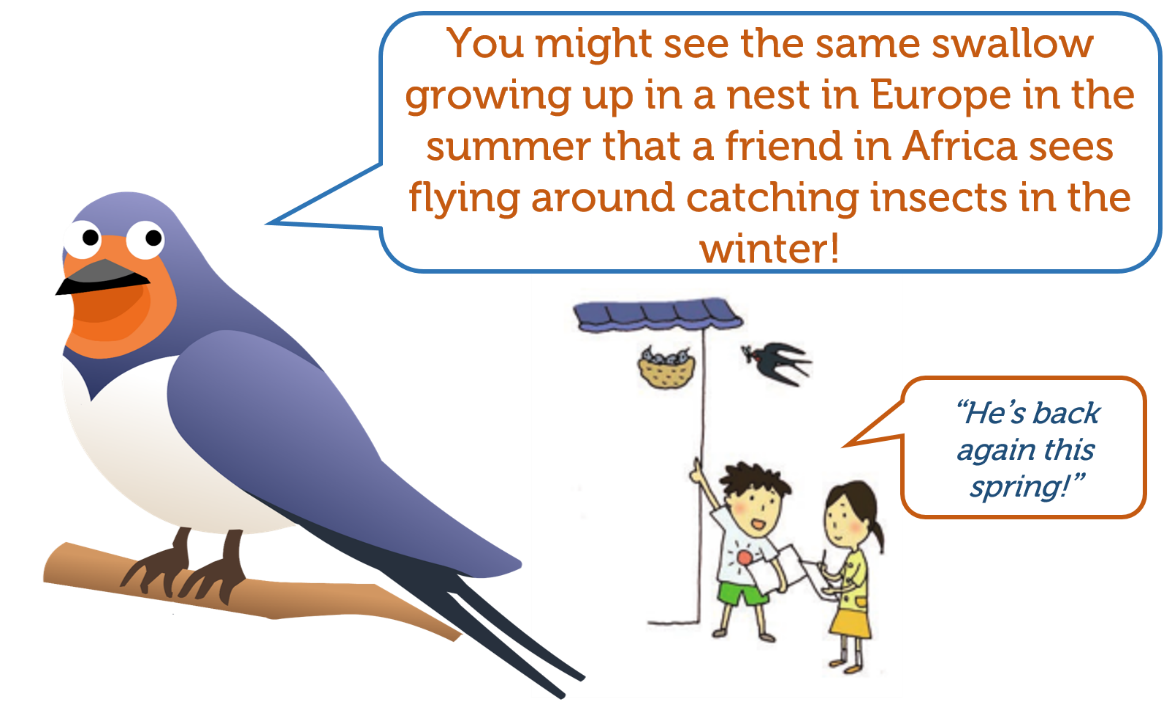 |
| © WBSJ / Spring Alive |
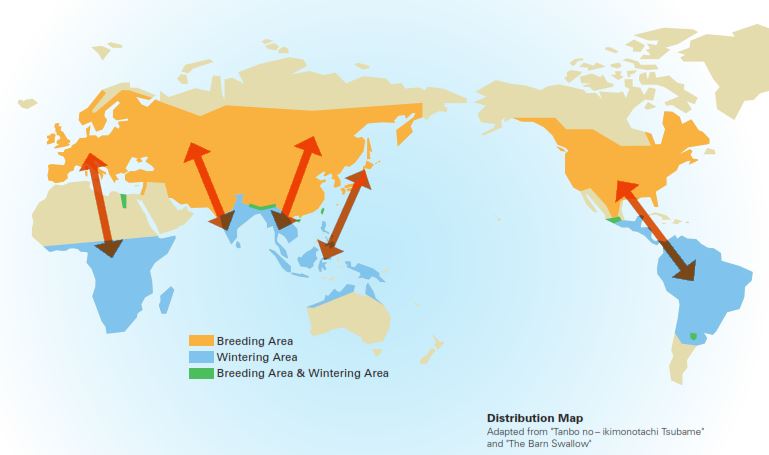 |
| © WBSJ, adapted from "Tanbo no ikimonotachi Tsubame" and "The Barn Swallow" (Life in the paddy field - Barn Swallow, Kazuo Koyama, Nobutoshi Sato, Hitoshi Watanabe, published by Nobunkyo, Tokyo 2012) |
 |
| © WBSJ; Illustrations by Minori Kataoka |
Find out more about Barn Swallows, their migrations and listen to the calls they make!
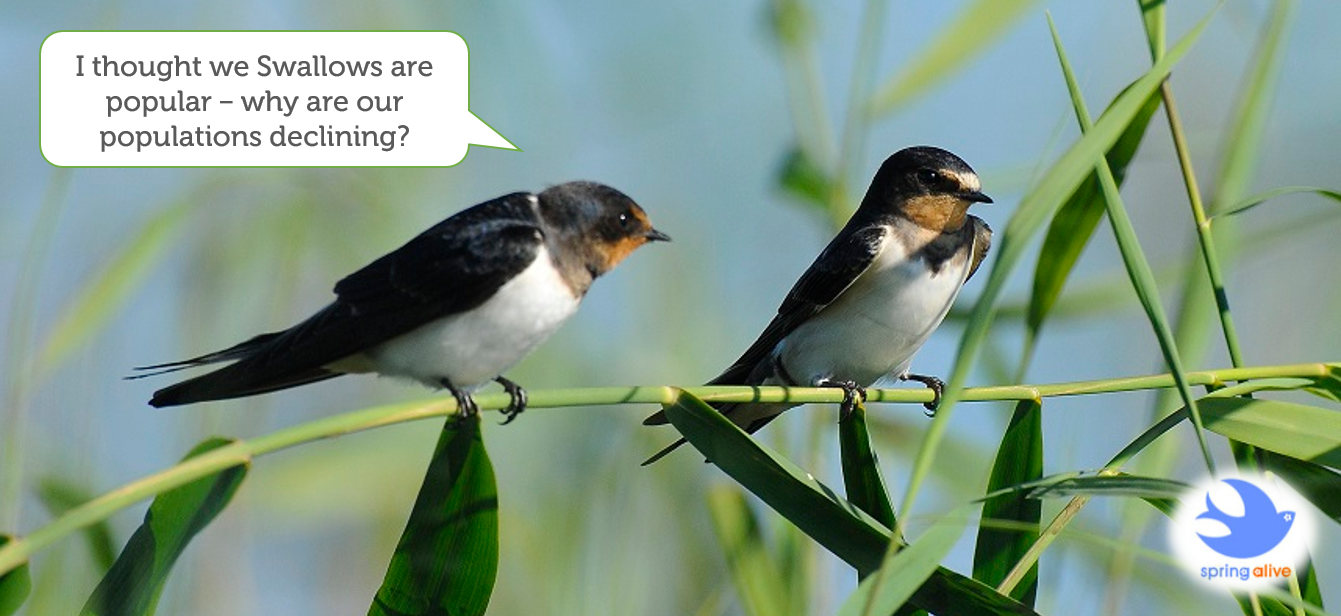 |
| © Cezary Korkosz |
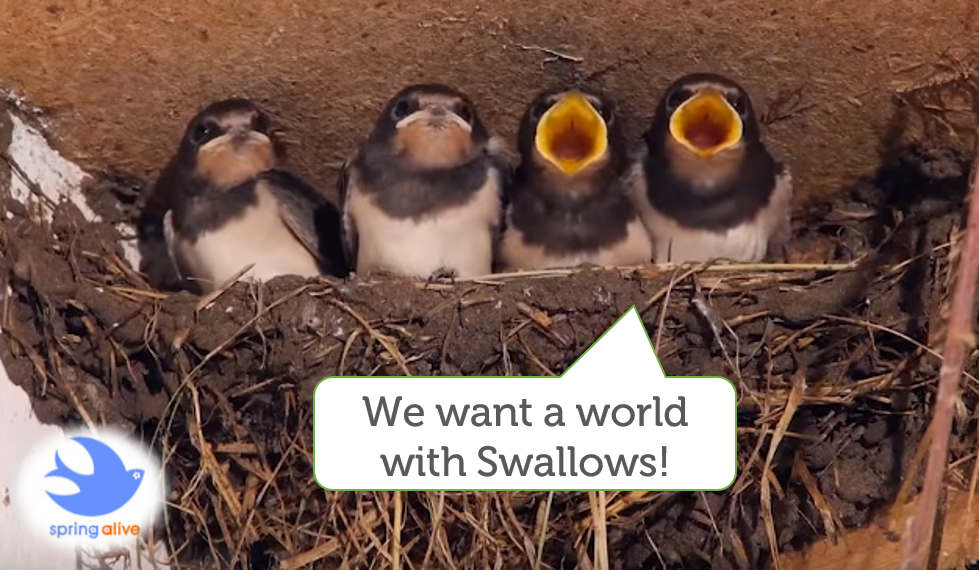 |
| © SEO |
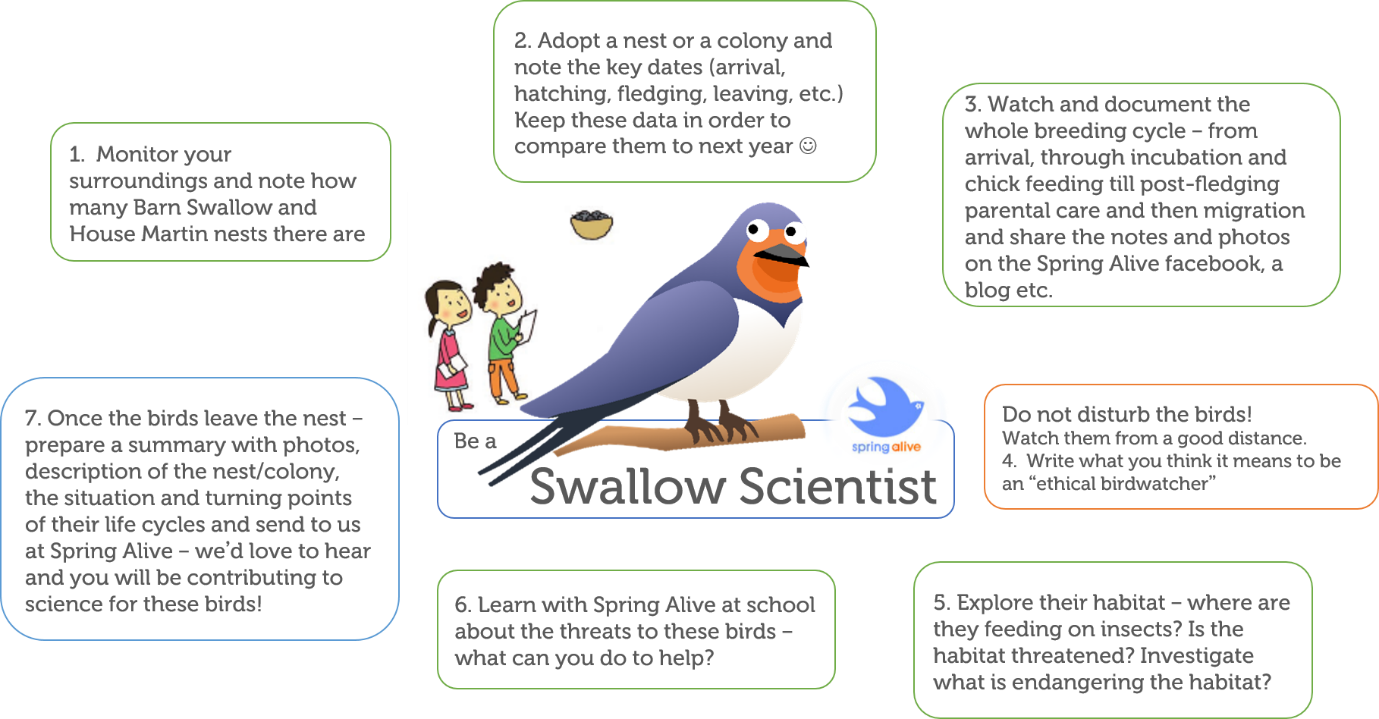 |
As well as eating insects in your neighbourhood, Swallows and House Martins are amazing to watch flying and nesting, and have had a great connection with humans for a long time. How can we return the favour?
Helping them nest without disturbing them:
| Swallows | House Martins | ||||
|---|---|---|---|---|---|
| Encouraging nesting | Encouraging nesting | ||||
| Helping broken nests | Helping broken nests | ||||
Buy or build a nest
|
Advice if people want to prevent House Martins from nesting:
|
Some people think that having these special birds nest in the houses or buildings are a nuisance and make a mess!
You must tell them that about how amazing Swallows and House Martins are, how they are declining and how they need to be our welcomed guests. Also, it is easy to solve the problem of mess: instead of destroying nests, put up a small board underneath to catch droppings. :)
More information on droppings and parasites (not harmful to humans):
https://www.rspb.org.uk/discoverandenjoynature/discoverandlearn/birdguide/name/h/housemartin/droppings_and_parasites.aspx
Encourage insects for the birds to eat by planting lots of insect-friendly flowers and plants in your garden!
Use this amazing Barn Swallow Observation Guide from the Wild Bird Society of Japan - an excellent guidebook for schools and teachers with survey forms and instructions on how to conduct Swallow surveys!
Keep us updated on www.facebook.com/springaliveforbirds :)
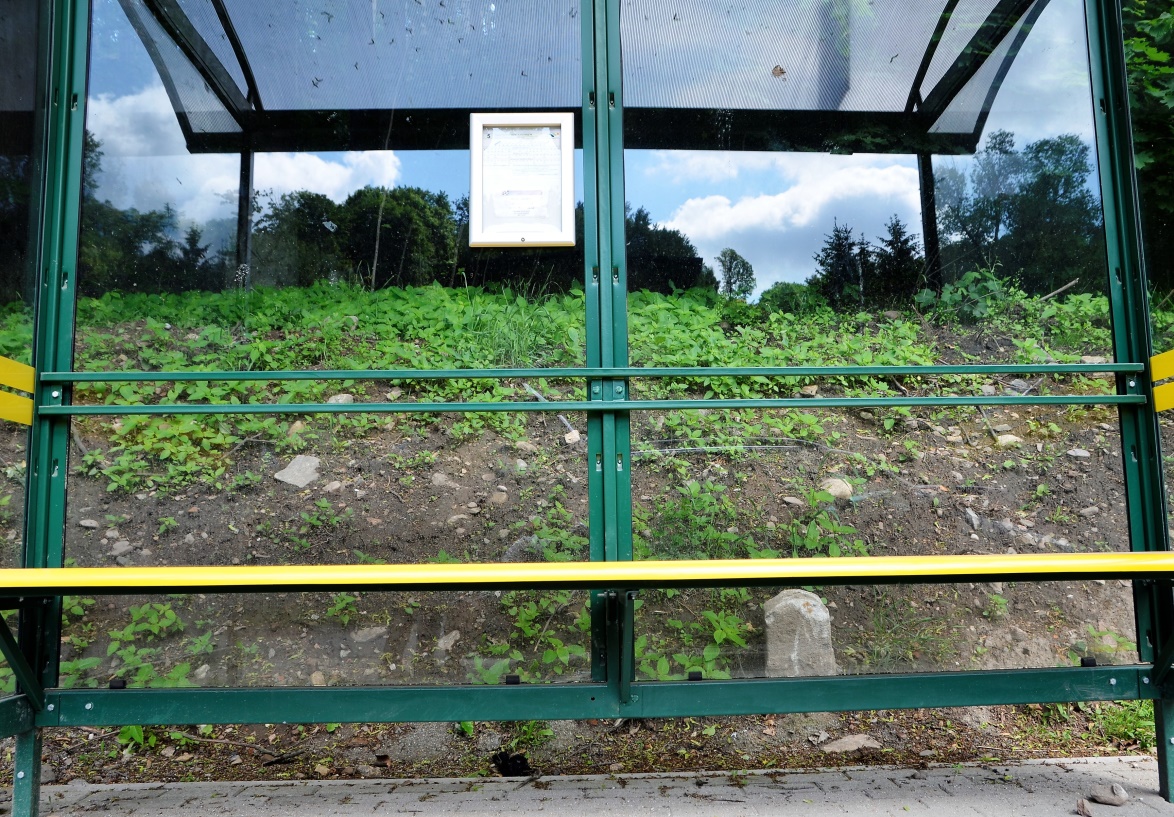
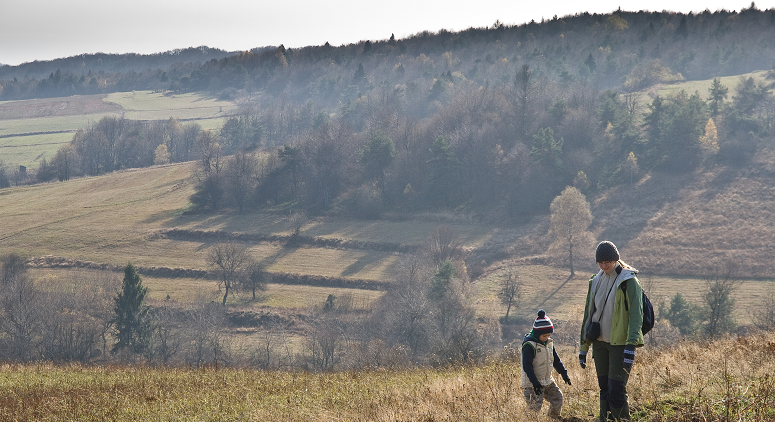
Our top 10 tips on how to be a good birdwatcher
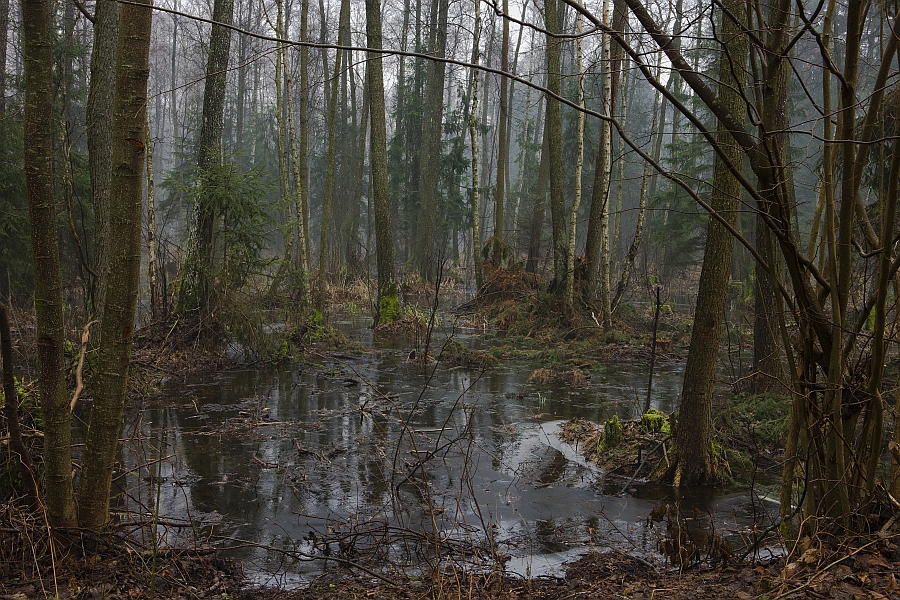
We see a baby bird on the ground and we think it is alone, helpless, small, cold, clumsy and fluffy… it is hard to resist the urge to rescue. But often people intervene when in fact most chicks are "fledglings" that should be left alone.
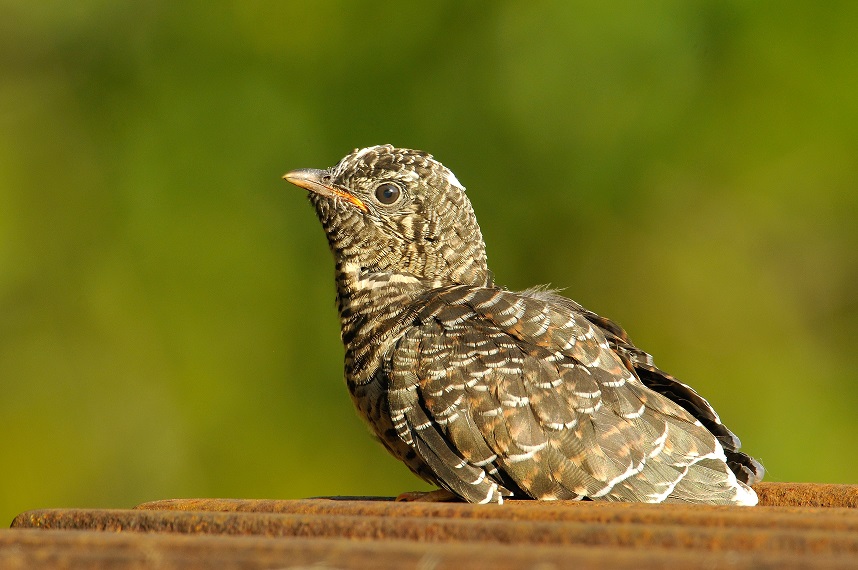
Some of our most familiar migratory birds are in trouble. For example, children today are less likely to have heard the call of the Common Cuckoo than their parents, and much less likely than their grandparents.
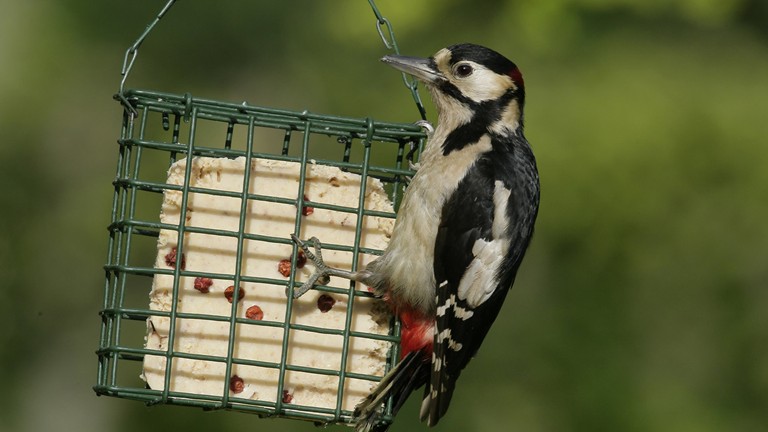
Με το να διαθέτετε τη σωστή τροφή στην κατάλληλη εποχή του χρόνου, μπορείτε να βοηθήσετε τα τοπικά πουλιά να αντεπεξέλθουν στις δύσκολες στιγμές όταν η τροφή είναι λιγοστή και έτσι να προετοιμαστούν για την αναπαραγωγική περίοδη την άνοιξη.
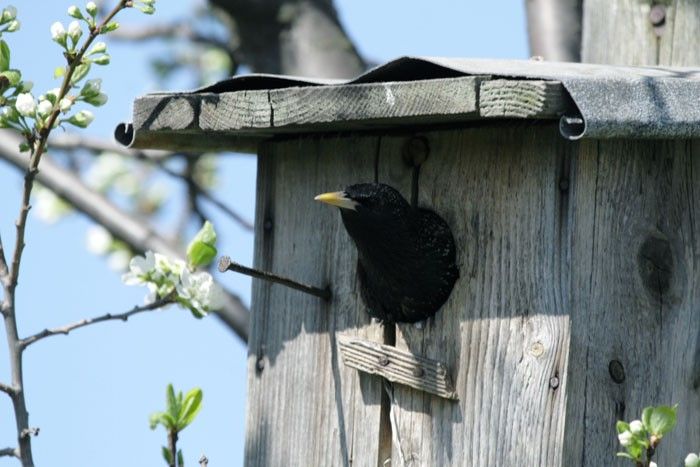
Make Spring come Alive in your garden or balcony each year!

Are you worried about the damage being done to a local wildlife spot, but don't know what to do about it? Maybe you have a favourite place to enjoy nature and want to make sure it's protected?
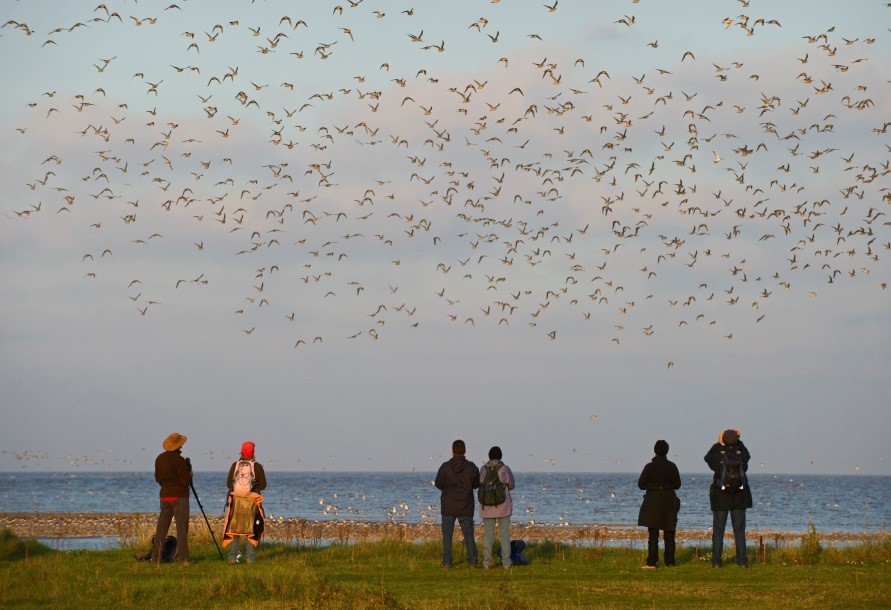
Put simply, citizen science is scientific research conducted by people who are not professional scientists. Some of the biggest discoveries in the world have been made by people without official scientific qualifications or funding.
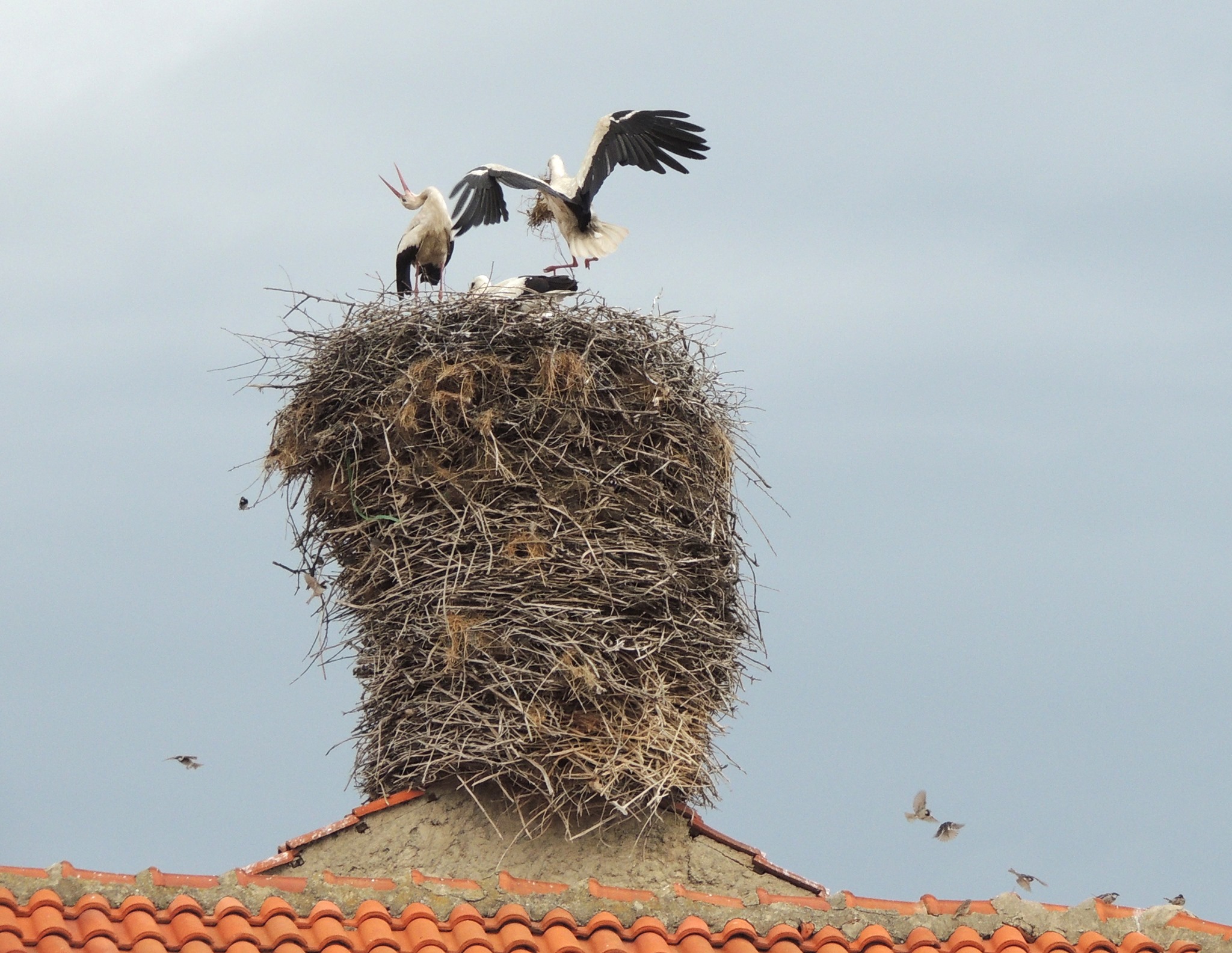
When storks are gathering materials for their nests, they may bring back various man-made objects, without realizing that they may be dangerous.
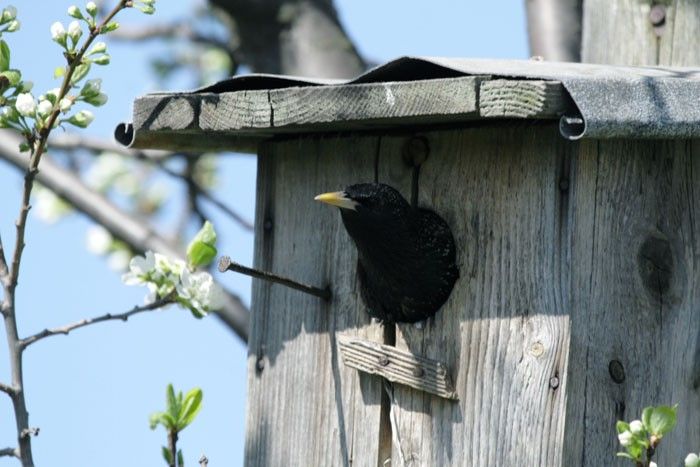
Πολλά πουλιά φωλιάζουν σε τρύπες. Οι σύγχρονες όμως μέθοδοι δασοκομίας και ζητήματα ασφάλειας στις πόλεις αφήνουν λιγότερα δέντρα με κουφάλες όπου τα πουλιά μπορούν να φωλιάσουν.
